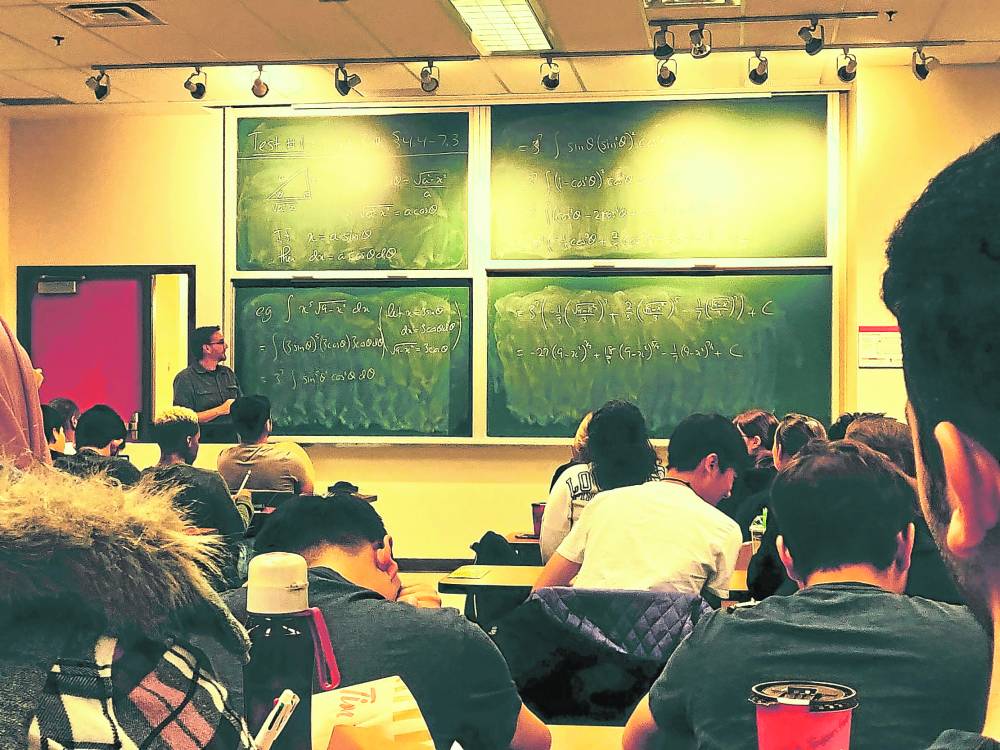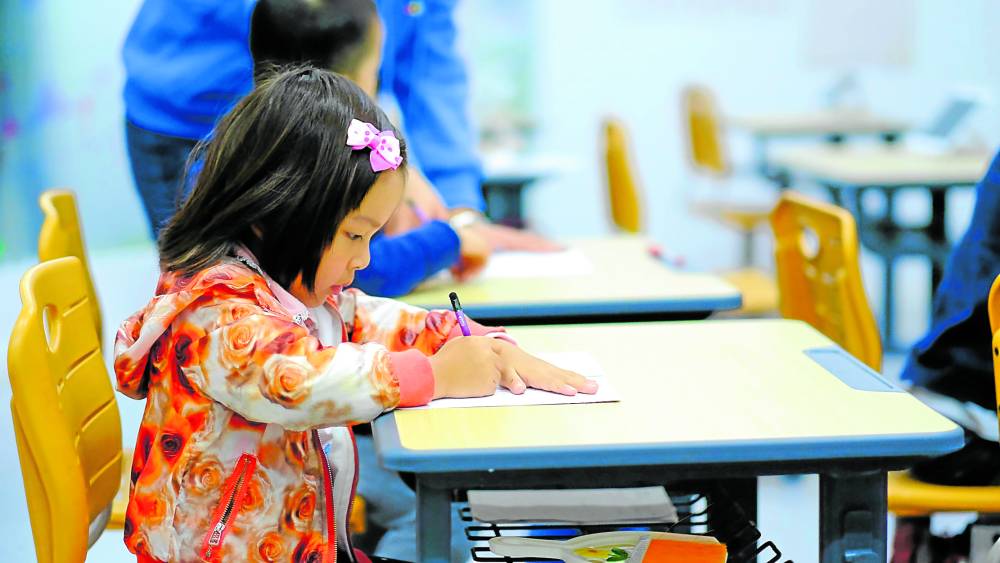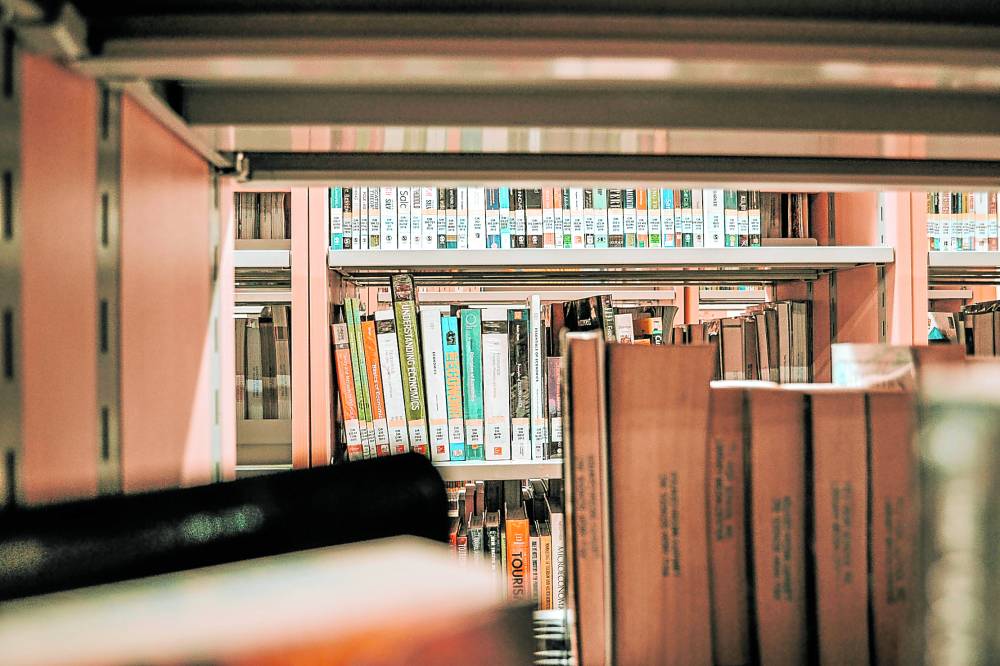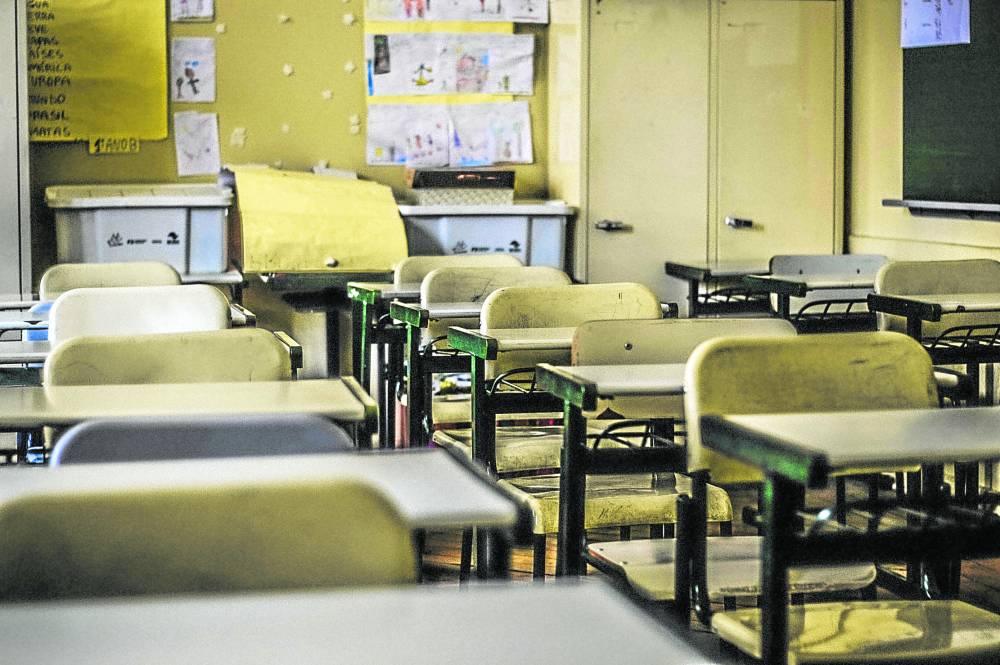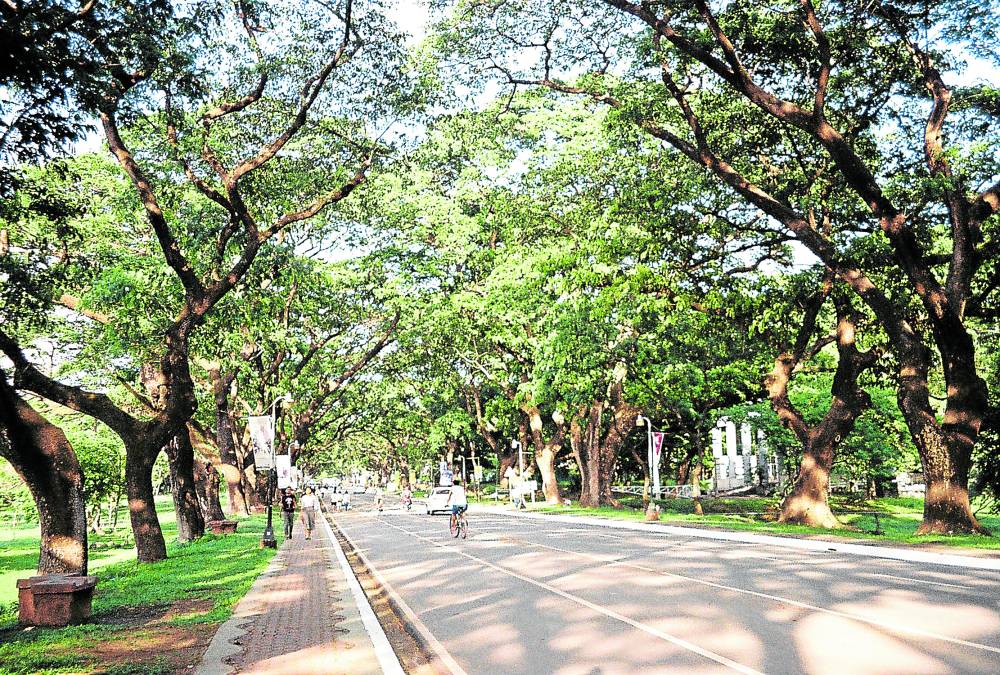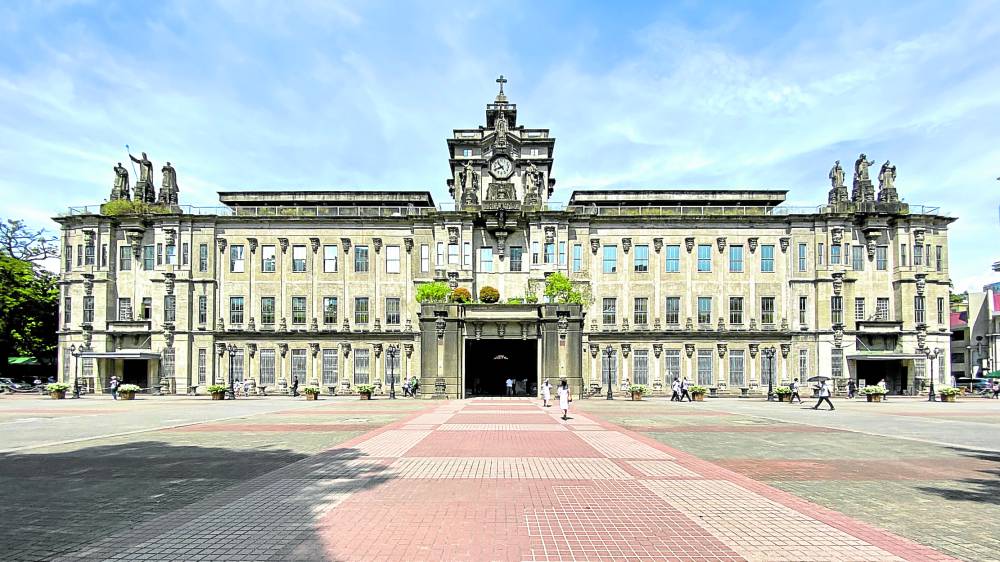Reopening of schools and postpandemic recovery
The prospect of schools physically reopening soon after two years of remote learning gives mixed feelings of excitement and anxiety depending on where one is coming from.
From an urban and national governance viewpoint, the return to the traditional mode of learning is key to postpandemic economic recovery. With almost half of the Philippine household population in the school age bracket of 5 to 24 (Philippine Statistics Authority, 2022), it is easy how the transition from gadget-enabled education to the usual classroom settings would literally bring life to places.
Aside from the sheer number factor, how are schools fueling development and why do they figure significantly in economic rebuilding strategies?
Schools as city planning components
Urban areas are growth engines that power national development.
Educational institutions are among the basic elements that make up city plans. The acknowledgment of schools as central to urban development goes far back to the 1920s when Clarence Perry introduced the Neighborhood Unit concept (Relph, 1987). Schools define communities and other land uses are organized around elementary schools.
Residential location decisions made on the basis of the quality of schools within close proximity continue to resonate in modern day cities. The marketing success of masterplanned developments outside Metro Manila is significantly attributed to the establishment of campuses of prominent schools in these areas.
Distance to school and land values
The central business district which serves as the reference point for the diminishing land value as a factor of distance is defined by amenities that include education services. Rural to urban migration is instigated by the decision to relocate to cities to study in leading universities. The school distance dynamics reflects the ambivalence of residential preferences reflected by land values.
While families with school age children would want to be close to schools, having residences right beside a school can also be a downside due to externalities such as vehicular traffic around the educational node.
Educational institutions as anchors
The university town phenomenon is a tangible translation of urban agglomeration based on education facilities.
The university belt in the City of Manila was formed out of the knowledge-based value chain that has spatially expanded over time. Synergies are created as public and private real estate developments converge to respond to education activity-stimulated demand for goods and services.
For example, state universities would be surrounded by privately-owned restaurants, books and school supplies shops, printing service suppliers.
Accommodating innovations
Where schools are located are places that breed knowledge exchange through formal and informal channels. Coded knowledge exchange happens in classrooms, seminar and conference venues while tacit knowledge exchange is facilitated by nodal spaces that accommodate unplanned encounters (Heinrichs and Lim, 2003).
Coffee shops, bookstores and transport stations allow interactions within and outside campuses. Schools are like mini-cities that thrive due to the concentration of information and people capital.
Short and long-term multiplier effects
As schools open up, the immediately visible effects would be heavier vehicular traffic, more crowded dining areas, fully stocked-up shops—all indicative of restored market bases.
In the long-term, educational institutions host research, product development, ideation activities that will be groundworks for productivity and efficiency. Collaboration and cross-sector cooperation would pave the way for community outcomes in support of development. Enlivened places eventually account for safety and security.
Creative industries and knowledge economies
In an age when creation and knowledge generation provide premium, educational institutions establishing bases in and around cities reduce the cost of innovating. Schools and universities host explorative endeavors that result in positive changes in cities. Education and culture indicators are among the criteria for globalization ranking (KOF, 2022).
Distance learning alternative
Can all these innovation-seeking activities be replicated in an online learning setup?
Distance learning has long been there as an alternative mode to face-to-face classes. Some universities have become empty shells as curricular programs were redesigned to fit in cyberspace. While the COVID-19 experience developed new realizations based on the felt benefits of learning from home, it is highly unlikely that physical schools and university grounds will eventually be totally abandoned.
Schools and the learning activities that go with it are essential to sustaining cities and economies. Access is better equalized in a physical setting that local and national governments enhance through public infrastructure and common amenities.
Sources: Philippine Statistics Authority. 2022. The Age and Sex Structure of the Philippine Population: (Facts from the 2010 Census); Psa.gov.ph/content/age-and-sex-structure-philippine-population-facts-2010-census; Relph, Edward. 1987. The Modern Landscape. The John Hopkins University Press. Baltimore.; Heinrichs, John H., Jeen S. Lim. 2003. Encyclopedia of Information Systems. Elsevier, Inc.; KOF Swiss Economic Institute. 2022. KOF Globalisation Index. Kof.ethz.ch/en/forecasts-and-indicators/indicators/kof-globalisation-index.html
The author is a professor at the University of the Philippines College of Architecture, an architect and urban planner

